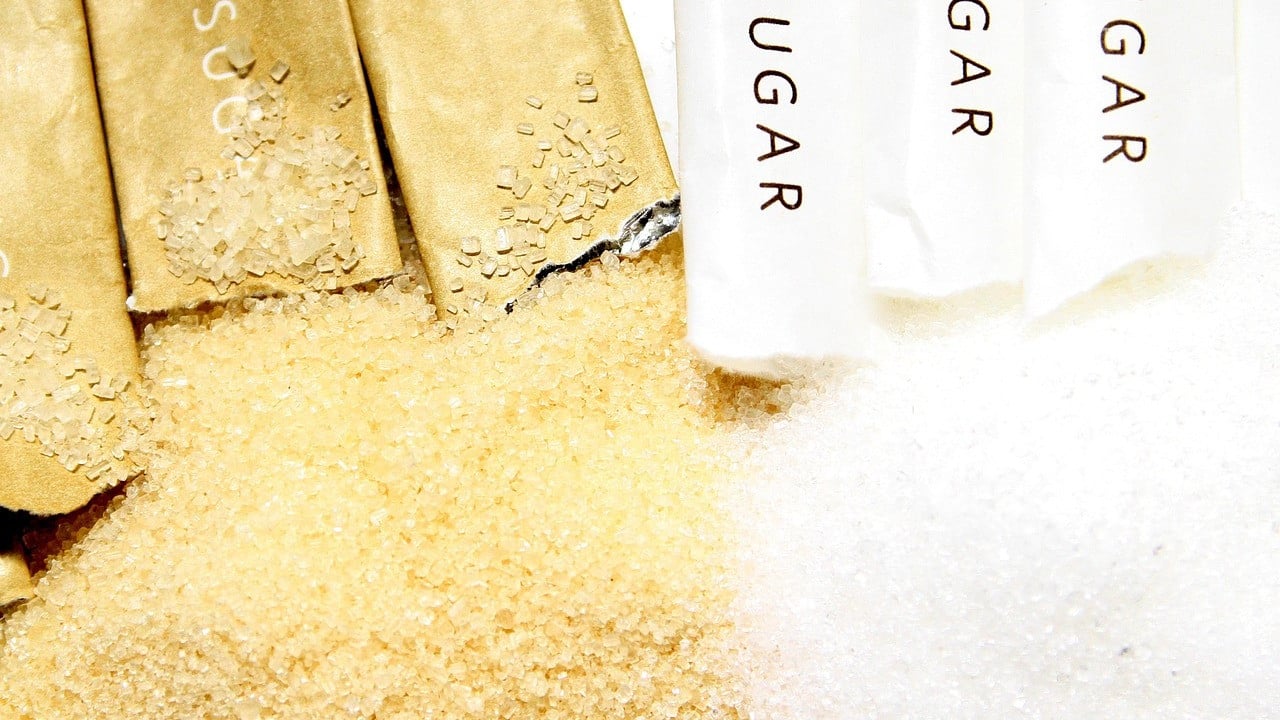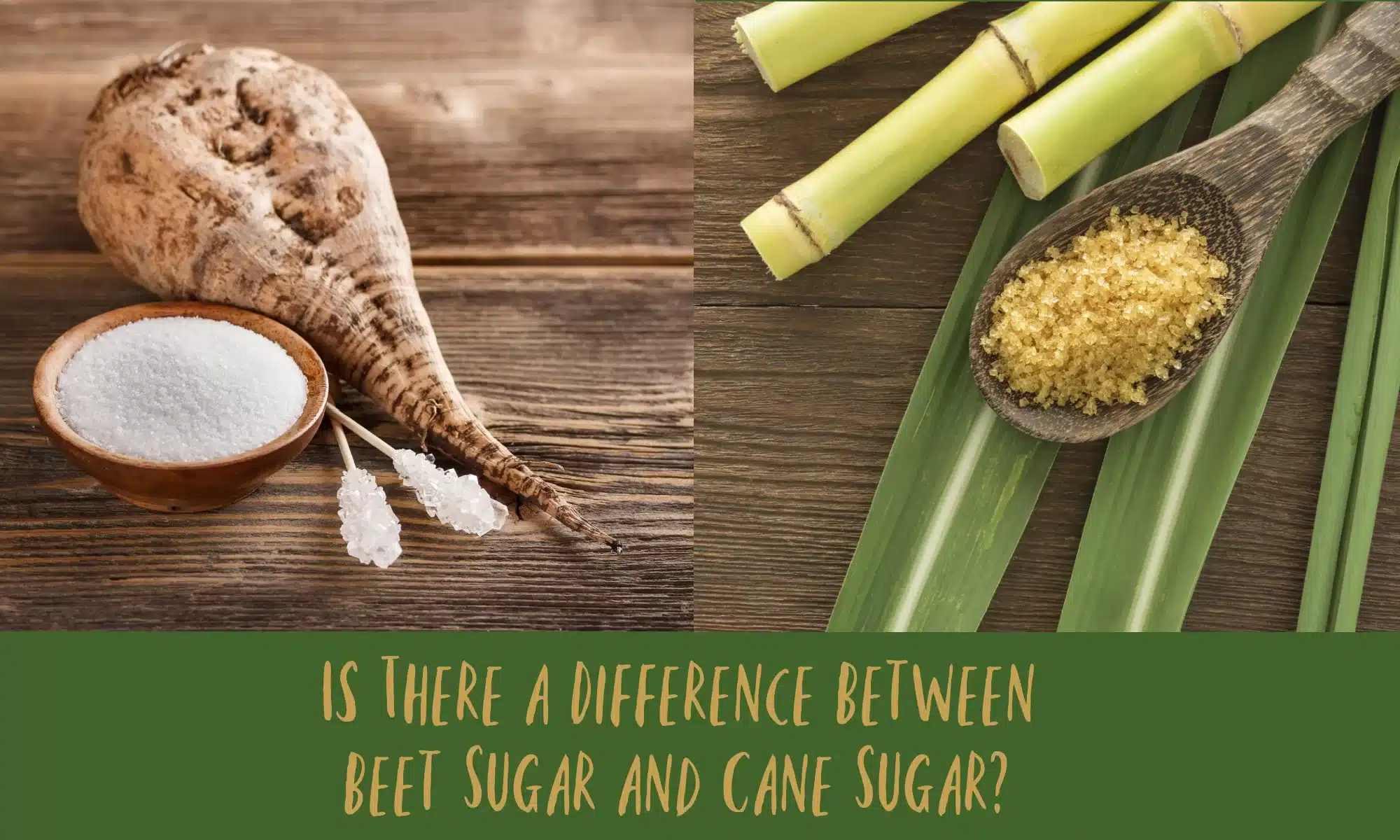The farming methods for beet sugar vs cane sugar contribute to differences in processing efficiency.
The farming methods for beet sugar vs cane sugar contribute to differences in processing efficiency.
Blog Article
Exploring the Distinctions in operation and Benefits In Between Beet Sugar Vs Cane Sugar
In the culinary globe, the selection between beet sugar and cane sugar is not simply about sweetness yet involves a nuanced factor to consider of taste, application, and effect. While both sugars stem from various plants, each undergoes distinct manufacturing processes that discreetly affect their qualities and viability for numerous dishes.
Origins and Manufacturing Procedures of Beet and Cane Sugar

Cane sugar, on the other hand, originates from the sugarcane plant, a tropical yard belonging to Southeast Asia and now grown in exotic areas worldwide. The manufacturing of cane sugar begins with the harvesting of cane stalks, which are squashed to release the juice. This juice is then steamed to concentrate it, after which it is spun in centrifuges to generate raw sugar crystals. These crystals are further refined to produce the white sugar commonly available in stores.

Nutritional Material and Health And Wellness Considerations

When comparing the nutritional content of beet sugar and cane sugar, it becomes noticeable that both types essentially provide the same calorie values, with about 16 calories per teaspoon and no significant nutrient variety. Both sugars, when eaten in excess, can contribute to elevated blood sugar degrees, a danger element for diabetic issues and other metabolic problems. From a wellness viewpoint, moderating intake of any kind of kind of sugar, whether from beet or cane, is recommended to avoid these potential adverse results on wellness.
Flavor Accounts and Culinary Applications
In spite of their similar chemical frameworks, beet sugar and cane sugar differ discreetly in flavor, which can affect their use in various culinary contexts. Walking stick sugar often lugs a hint of molasses, also in its refined kind, providing a warm, caramel-like touch that boosts baked goods, coffee, and chocolate-based dishes. This small molasses taste is specifically valued in the cooking industry for including depth to sweets and breads. On the other hand, beet sugar is identified by its highly refined, neutral preference, making it a versatile sugar that does not change the taste profiles of recipes. This neutrality is especially read this helpful in delicate recipes, such as light breads, creams, and some sauces, where the intrinsic flavors of other active ingredients are meant to attract attention. As a result, cooks and food producers could choose one sort of sugar over the various other based upon the desired taste end result of their culinary developments.
Environmental Effect and Sustainability
While both beet and cane sugars are acquired from plants, their ecological effects differ significantly due to the distinct approaches of growing and processing needed for each. Sugar beet farming typically involves extensive automation, which can enhance fossil fuel intake and carbon discharges.
Moreover, the handling of sugarcane usually creates a significant quantity of waste, including bagasse, which, although usable as biofuel, regularly adds to air pollution if melted inefficiently. Sugar beet my blog processing makes use of more of the raw products, causing less waste. Both sectors deal with challenges in reducing their ecological footprints, yet continuous innovations in farming practices and waste monitoring are aiming to boost sustainability.
Economic Aspects Affecting the Sugar Sector
The financial dynamics of the sugar market are dramatically affected by global market demands and profession plans. Variables such as tolls, aids, and worldwide profession arrangements play essential functions fit the competitive landscape. In areas where sugarcane or sugar beet manufacturing is subsidized, manufacturers might have a financial advantage that enables them to offer lower costs on the worldwide market. This can produce variations in productivity and market access for manufacturers in nations without such aids.
Additionally, fluctuations in global need for sugar, affected by nutritional fads and commercial usage in foodstuff, directly impact rates and production levels. beet sugar vs cane sugar. Weather also play a crucial duty, as they can substantially impact crop returns and, as a result, the supply chain. This variability introduces a level of financial unpredictability that can result in investment volatility in sugar manufacturing markets, influencing choices from growing to market technique
Conclusion
Finally, both beet and cane sugar have special high qualities that suit various culinary needs. While cane sugar conveys a rich taste suitable for enhancing baked items, beet sugar's neutrality is excellent for lighter meals. Nutritional similarities regardless of, their unique production procedures and environmental influences include intricacy to the option between them. Therefore, understanding these distinctions helps cooks and consumers make educated choices Learn More that straighten with their health and wellness, cooking, and honest preferences.
Report this page